Norway spruce Compact
In modern suburban areas, you can increasingly see flowering perennials surrounded by evergreen or conifers. Most of them are very beautiful and harmonious combinations. Low-growing conifers look especially attractive. Our review will be devoted to the compacta common spruce variety (picea abies Compacta).
History of origin
This type of classic spruce has been known in culture since 1864. Today it is very popular with the Germans and the Dutch. Our compatriots are just beginning to appreciate the many positive qualities of this variety, so in Russia everything is still ahead of it. True, Compacta has been in the collection of Russian botanical gardens for a long time. But in the UK they still do not know anything about this variety. The name of the plant indicates its size.
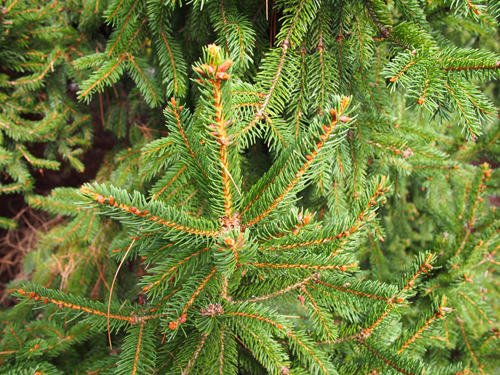
Description of appearance and features
Compact is a dwarf spruce with a dense and very dense crown. At a young age, it first has a broad-oval or oval shape, later a rounded shape. Over time, the crown of a coniferous plant becomes wider, conical. This culture is also very attractive due to the rich green, shiny needles, the length of which varies from 10 to 14 mm. Annual shoots have a brown bark. The short and rigid skeletal branches located in the upper part of the trunk are raised, and those that are below are separated from each other at some distance. Free-standing buds are shiny, colored brown. Their length is 3-4 cm.
An important feature of this Christmas tree is that the height and width of the crown are the same. The values of both parameters are usually in the range of 1.5-2 meters, sometimes 4-5 meters. More mature spruces can grow up to 6 meters in height. The variety is distinguished by a slow growth rate of only 3, maximum - 5 cm per year.
The compact belongs to the durable varieties of conifers, since it can live up to 150 years. She feels great at fairly low temperatures (down to -34 ° C), but has a negative attitude towards waterlogged soil. The plant has good resistance to urban air polluted with smoke, exhaust fumes and dust.
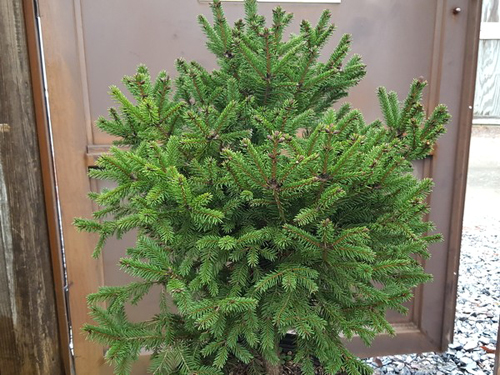
Growing and care
Miniature spruce is light-requiring, but it develops well in partial shade. She does not tolerate summer heat and drought, therefore, during this period, the Compact needs intensive watering. It is carried out 1-2 times a week, spending up to 12 liters of water per plant. The rest of the time, soil moistening under the crop should be moderate. For young specimens, it will not be superfluous to sprinkle the crown with cool water using a watering can.
Our heroine prefers fresh, loose soil with a medium or high humus content. The best option: loamy or sandy loam, normally moist soil with an acidic or slightly acidic reaction. The undersized beauty does not tolerate salinization and soil compaction. The compacta has a short root system, which should be taken into account when planting.
Top dressing of this coniferous culture is not required. However, if there is a desire, at the beginning of spring, before the young shoots start to grow, you can apply a small amount of universal fertilizer under it. By the way, during landing, a mineral complex is also introduced into the hole with the ground.
Use cases
The compact is most often included in group plantings, equipping with their help heather and rocky gardens, rock gardens and rockeries. Spruce is combined with low trees and shrubs, perennial decorative flowering crops. Coniferous beauty is also used for single plantings.At the same time, it is not necessary to plant the plant in open ground - the variety is also suitable for cultivation in containers. In this form, miniature Christmas trees can be seen in underground passages, on the roofs of apartment buildings. If you have a small garden or front garden, plant a dwarf spruce in the center of the site and turn it into a Christmas tree in winter, decorating it with Christmas decorations and garlands. It will turn out incredibly impressive!
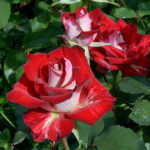
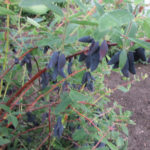
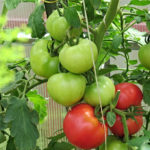
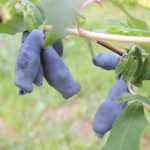
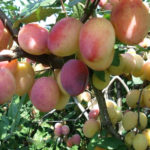
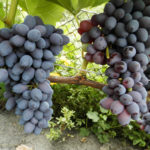



Wonderful Christmas tree. The baby fits perfectly into my garden and has been the main decoration of the site for 10 years now. It grows, indeed, very slowly, especially at first - the first 3-4 years, then “takes root”, and growth is noticeably accelerating. The only problem I faced was the spring burning of the needles - in the early years I covered it with wooden shields, and now, in early March, as soon as the snow begins to melt, I pour hot water around it. This awakens the root system.